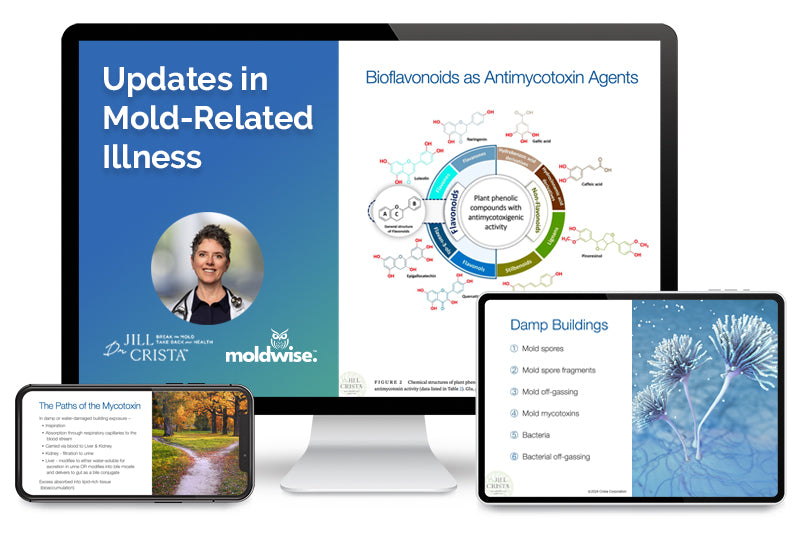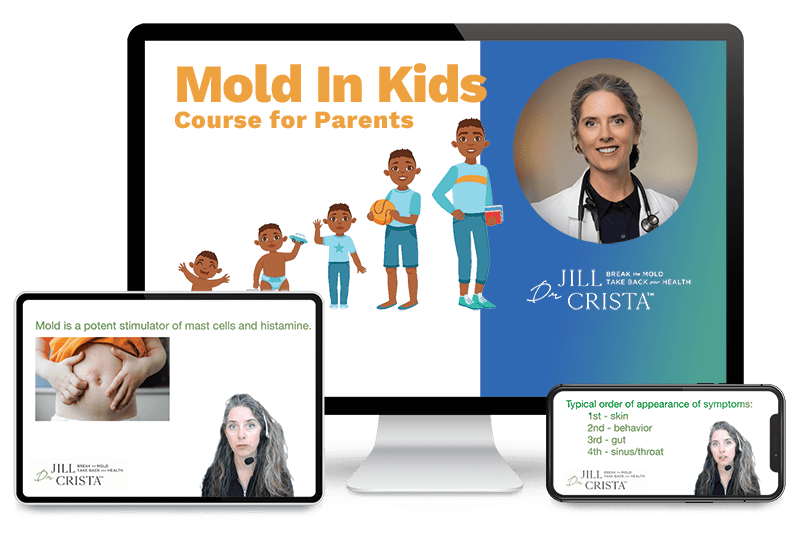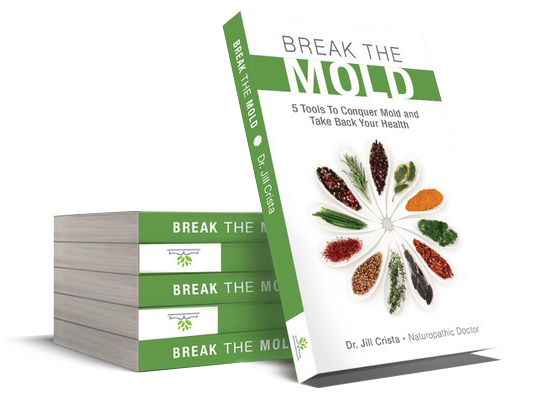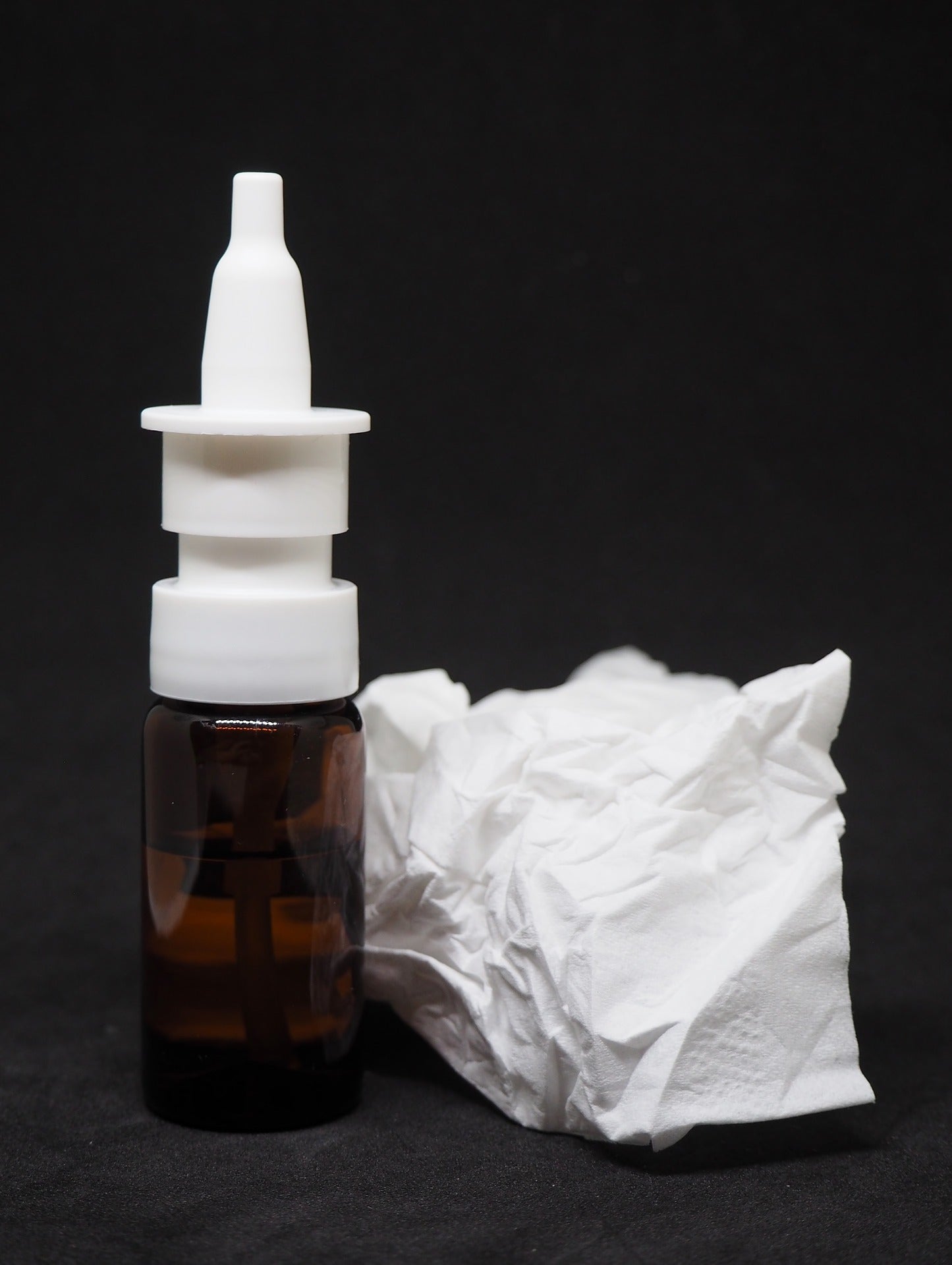Mold is involved in ear ringing in two ways, spores and toxins, especially the mycotoxins.
The spores get into your respiratory passages, including your sinuses, causing irritation and inducing mast cells. Your inner ear Eustachian tube runs right along side this area so is affected by the irritation and inflammation.
Mycotoxins are nerve toxins. They enhance the irritation in the area by inflaming the nerves of the inner ear. The net effect is a constant “pinging” in the inner ear nerve, causing ear ringing.
I have found that resetting the nasal-sinus microbiome can help the ear ringing. This means using nasal treatments targeted at fungi and bacteria, in order to kick out those that have overgrown so our normal flora can thrive.
For some of my favorite nasal remedies, click here.
Pro tip: Even with the perfect mold protocol, ear ringing is one of the last symptoms to resolve with mold-related illness. So stick to the regimen and be patient. It does get better!
Transcript
Hi, Dr. Jill Crista here.
How are mold and ear ringing connected?
Mold can harm your body in two ways, spores and toxins. Mold toxins called mycotoxins. The spores get into your respiratory passages, so sinuses, and all the way down to the lungs and irritate, including your eustachian tube. Then the mold toxins are nerve toxins so then they irritate the nerves of that inner ear and now you have the perfect storm for ear ringing. That’s how they’re connected.
If you want answers, check out my book Break The Mold.
This content is health information and not intended as personal medical advice. Viewing will not establish a doctor-patient relationship. It is not intended to diagnose, treat, cure or prevent any disease or medical condition. The information discussed is not intended to replace the advice of your healthcare provider. Reliance on information provided by Dr. Jill Crista, employees, or others appearing at the invitation of Dr. Crista is solely at your own risk.







